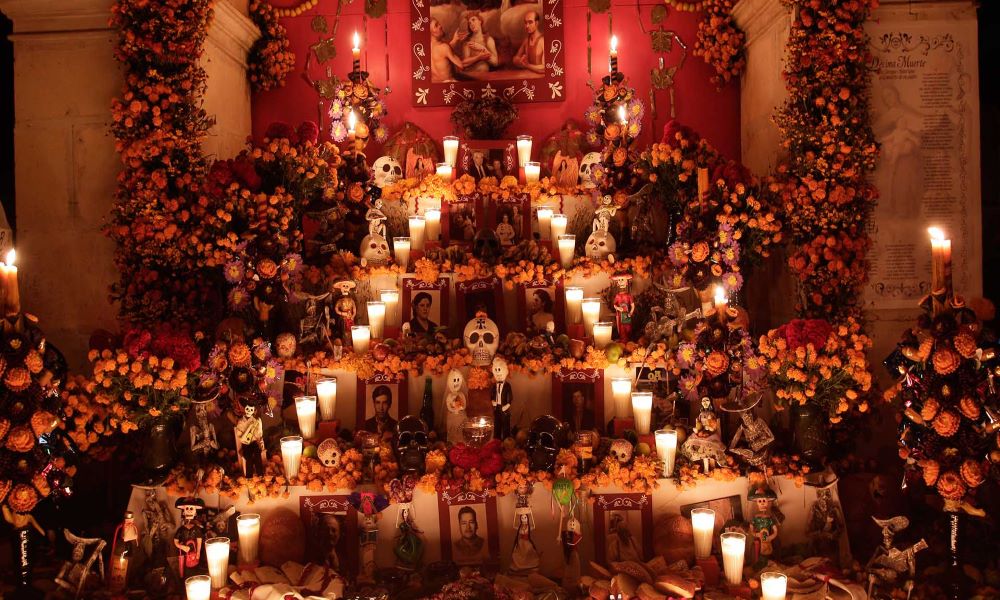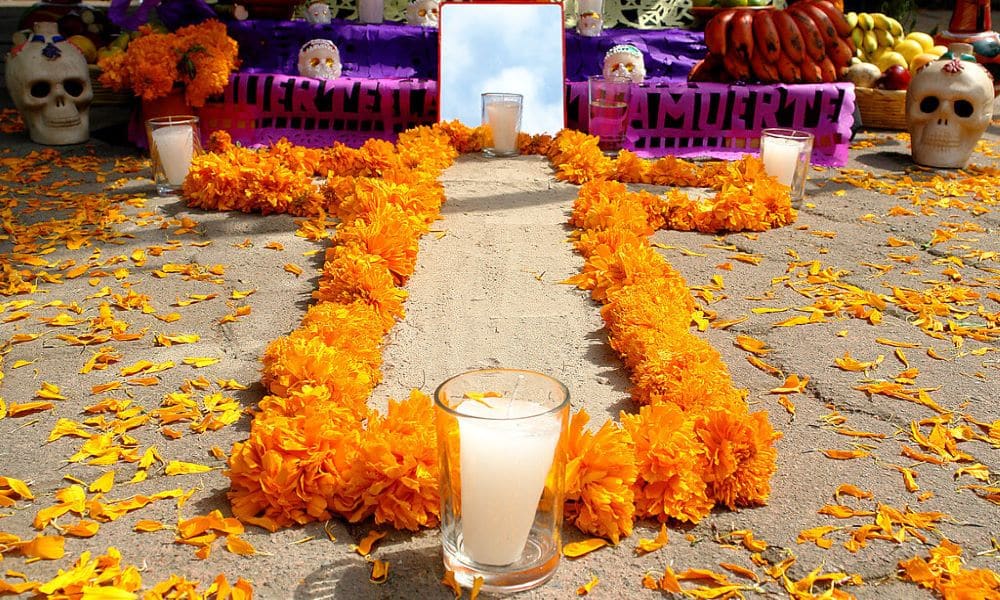Everything you need to know about the Altar of the Dead.
One of the most striking festivities of Mexican culture is the Day of the Dead. A celebration in which the Mexican people pay homage and remember their faithful departed during two days full of color, music, exquisite smells, and flavors.
The most significant element of this festivity is the Altar of the Dead, an offering that is placed to the deceased with different elements of their liking. In this blog, we explain in more detail the altar of the dead.
You may be interested in: Recipe for traditional Mexican Conchas.
The Altar of the Dead.
The altar is one of the most important elements of the Day of the Dead since the elements that were liked by the deceased are placed on it.
This tradition has its origins in pre-Hispanic times, a time when death was seen as a new way of life and a journey to eternal rest. When a person died, he was buried with elements that were to his liking and with some others that could help him during his journey to eternity.
In Mexican culture, it is believed that every November 1 and 2, the souls of the dead return to the world of the living to live with their loved ones and share with them as they did in life.
This is where the altar comes in, a symbol of the union between life and death. Where the living and the dead live together once again. 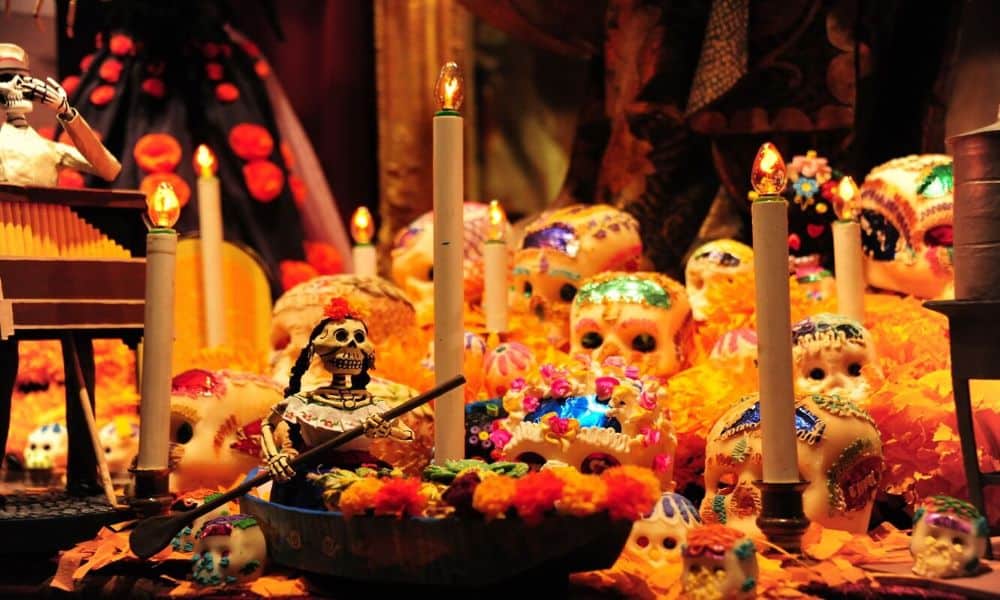
Basic elements of the Day of the Dead offering.
Water.
The water in the ofrenda serves to quench the thirst of the souls after the long road they have traveled to reach your altar.
Salt.
Is used as an element of purification. Including it in the offering helps the souls to cleanse themselves when they arrive at the altar so that they do not become corrupted during their journey back to Mictlan.
Candles.
Candles serve to illuminate the path of the deceased to the altar. They have a meaning of hope and help the soul to find its way home more easily.
Marigold Flowers.
Marigold flowers are one of the most characteristic elements of this season. On the altar, they serve to guide the deceased to the altar thanks to their color and their characteristic aroma.
Since ancient times, the indigenous people related the marigold flower with the sun, which is why it began to be included in the offerings.
Copal and incense.
Besides being a good aromatic element, incense helps to clean the environment of bad spirits and eliminate bad energies.
Pan de Muerto.
The bread of the dead has a religious meaning. It represents the body of Christ and the fraternity towards the deceased. 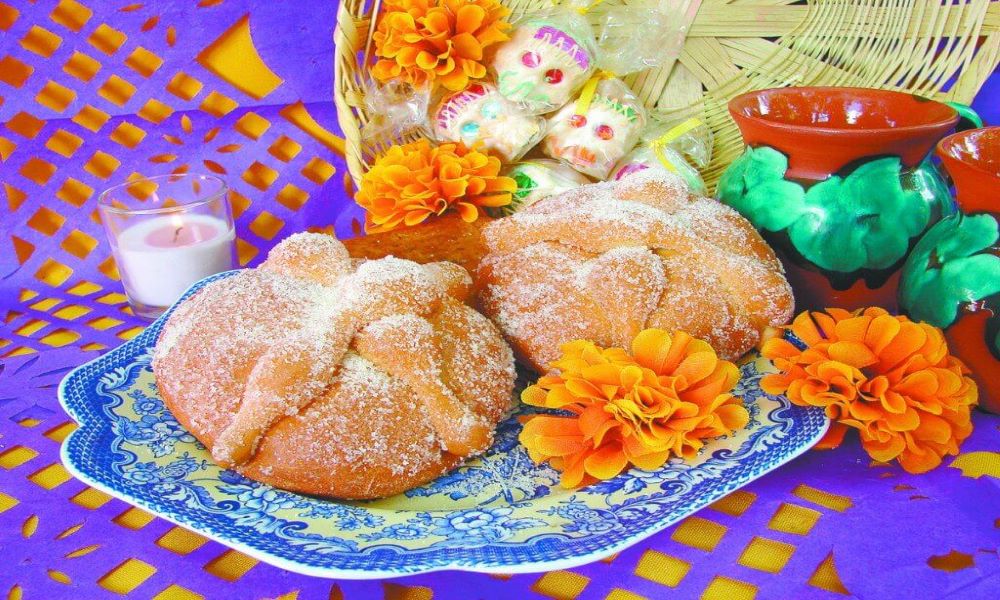
Photographs of the deceased.
Photographs of the deceased are one of the most important elements of our offering. These are placed to offer the altar in their honor. In some places it is customary to hide the image among the elements of the altar and let it only be seen through the reflection of a mirror, symbolizing that they are no longer with us.
Sugar skulls.
Just like the marigold flowers, candles, and photographs, sugar skulls cannot be missing from our altar. These should be placed in three sizes since they represent different things: the smallest one refers to the Holy Trinity, the medium one to death, and the big one to the eternal father. 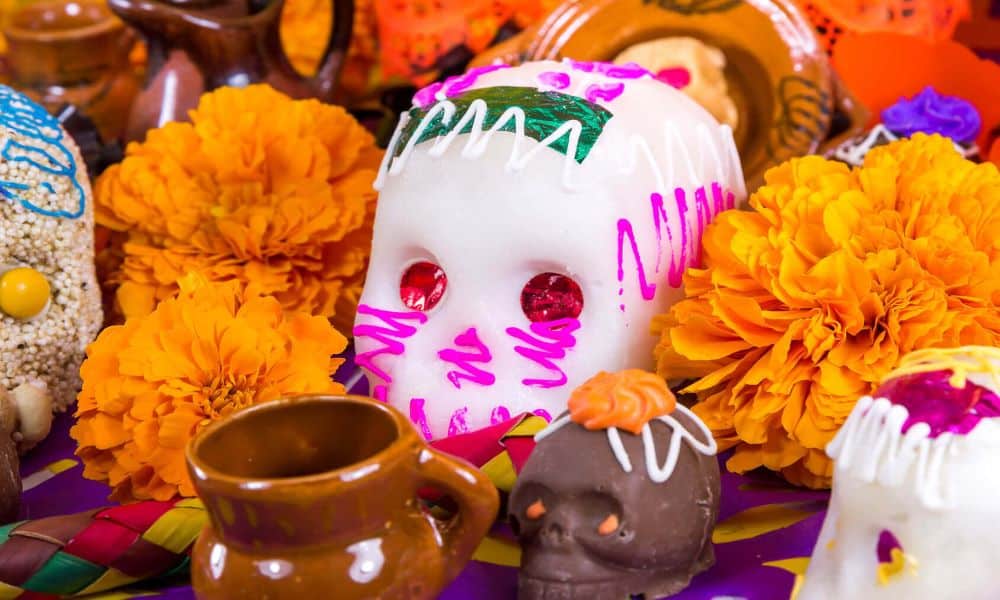
Papel Picado.
Papel Picado is a very colorful and representative element of Mexican culture. It fulfills the function of bringing color, joy, and light to the altar. It also represents the encounter between the living and the dead.
Toys.
Toys may or may not be placed in the ofrenda. These serve to give a little joy to the faithful departed who died as children.
Favorite food or stews of the deceased.
Food is undoubtedly a pillar of our altar. Normally it is customary to place typical Mexican dishes such as tamales, mole, tinga, mucbipollo, and empanadas, in short, many. But the important thing here is to place the foods that were the favorites in the life of the deceased.
When the soul arrives at the altar, it takes with it the essence of the dishes, drinks and fruits that you place. Here there is no limit or a rule of what to put or not, the important thing is that it is food that has been liked by your deceased.
The Cross
The cross began to be placed during the conquest as a symbol of Catholicism. It is placed on the first level of the altar.
The Arch.
This is made with marigold flowers. It is placed above the altar and represents the entrance to the underworld.
Levels of the Day of the Dead ofrenda.
There is no official rule about how many levels should be placed in the ofrenda, this depends on the possibilities and taste of each person. But traditionally seven levels are attributed to it.
The traditional Day of the Dead offering consists of seven levels. Each one of these has its meaning and certain specific elements are placed. These will be read from top to bottom:
First level:
In the first level, the highest of the ofrenda, the photograph or figure of the saint to which one has devotion is placed. This is accompanied by some candles.
Second Level:
In this second level of the ofrenda, the images of the deceased who are still in purgatory are placed. By placing the picture on the altar, the spirit is given permitted to leave and be able to visit their relatives during the Day of the Dead.
Third Level:
Salt should be placed on the third level, as it helps to purify the spirit and prevents it from becoming corrupted.
Fourth Level:
Here the pan de Muerto is placed since it symbolizes the Eucharist in the Catholic liturgy.
Fifth Level:
In the fifth level, the food is placed. Here fruits, sweets, snacks, drinks, and dishes that were liked by the deceased are placed.
Sixth Level:
At this level are placed the images and photographs of the deceased to whom the altar is offered. Likewise, some candles are placed to illuminate the path of the souls to the altar and for their return to the afterlife.
Seventh Level:
The seventh and last level should be placed on the ground. Here is placed a cross made of seeds, fruits, salt, and lime, and if possible, some Mariflower petals. This serves to atone for the guilt of the deceased.
At this same level a path of marigold flower petals should be placed from the foot of the offering to the entrance of the house. This path of flowers will serve to guide the spirit to the altar and back to eternal rest.
Classification:
Depending on the number of tiers of the ofrenda they also have a certain classification:
2-tier offerings: Altars with only two tiers represent the division between heaven and earth.
3-tiered offering: Offerings with three tiers represent heaven, earth and the underworld.
7-tiered offerings: These represent the number of levels that the souls must pass through to reach paradise.
When is the altar of the dead placed?
The altar of the dead should begin to be placed on October 31st since it is during the first minutes of November 1st when the souls begin to arrive on the earth in search of their way to the altar.
The altar should be removed on November 3rd when the souls have left the earth. 
You may be interested in: Day of the Dead in Mexico.
Find everything you need for your altar of the dead at Los Cinco Soles.
Celebrate the Day of the Dead from anywhere in the world with Los Cinco Soles! Undoubtedly, something that fills us with pride as Mexicans is knowing that our culture can cross barriers and be shared with the whole world.
In our physical stores you can find everything from typical candies, sauces, Mexican ornaments, toys, and many other items to start celebrating this beautiful tradition. Learn more at Los Cinco Soles.

